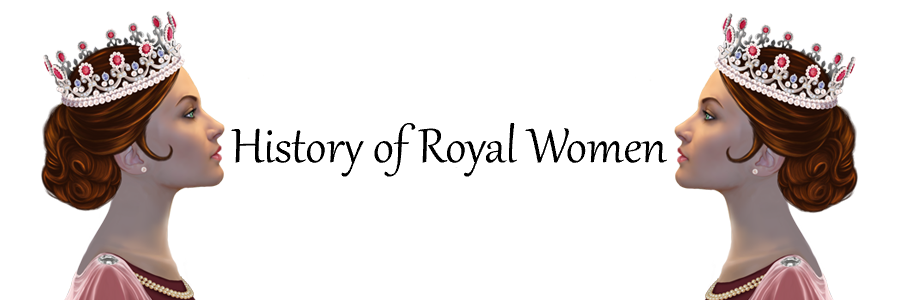
Following the death of her half-brother, King Henry IV of Castile, Isabella knew she had to act quickly.
She received the news on 12 December and acted as the chief mourner at the Cathedral of Segovia, wearing all black. Within hours of being informed of his death, letters were being sent out informing the cities of the death and calling for funeral services. Following the service at the cathedral, an official called out to the crowd that King Henry had died without a legitimate successor and that his sister Isabella would assume the throne.
On 13 December, Isabella reemerged from another service at the cathedral as she took off her black mourning clothes and appeared in “a rich outfit, adorned with glittering jewels of gold and precious stones that heightened her magnificent beauty.”1 In front of the crowds, she swore to protect the people and respect the church. There were cries of “Castile! Castile! Castile! For our Queen and lady, Queen Isabella, and for King Ferdinand as her legitimate husband!”2 Her four-year-old namesake daughter was lifted up and presented to the crowds as the next heiress.
She shocked the crowds by processing through the streets with the sword of justice in front of her. The sword was held by the point, with the hilt upwards, “in the Spanish fashion, so that all, including those furthest away, could see that she who approached could punish the guilty on Royal authority. Some of those in the crowds muttered that they had never seen such a thing,”3
After the ceremony, Isabella wrote to the cities that they, too, should recognise her as Queen. She wrote, “I order you to raise flags for me, recognising me as your Queen and natural mistress and also the high and mighty prince, King Ferdinand… as my legitimate husband. Otherwise, you will fall foul of the penalties contained in our laws.”4 Ferdinand was notably absent, as he was in Zaragoza on a campaign, and he would only return in the new year.
Meanwhile, King Henry’s daughter Joanna sent out letters to the cities and towns of Castile which read, “During his lifetime, he always wrote and swore, both in public and in private, to all those prelates and grandees who asked about it and to many other trustworthy people that he knew me to be his true daughter.”5 She also claimed that her father had named her as his heiress on his deathbed and that he had been poisoned by Isabella and her husband, Ferdinand. She called for Isabella to be punished, saying, “You must all rise and join, serving, helping and ensuring that this abominable, detestable action be punished.”6
The war over the succession would continue for four years and would not be easy.

Be the first to comment